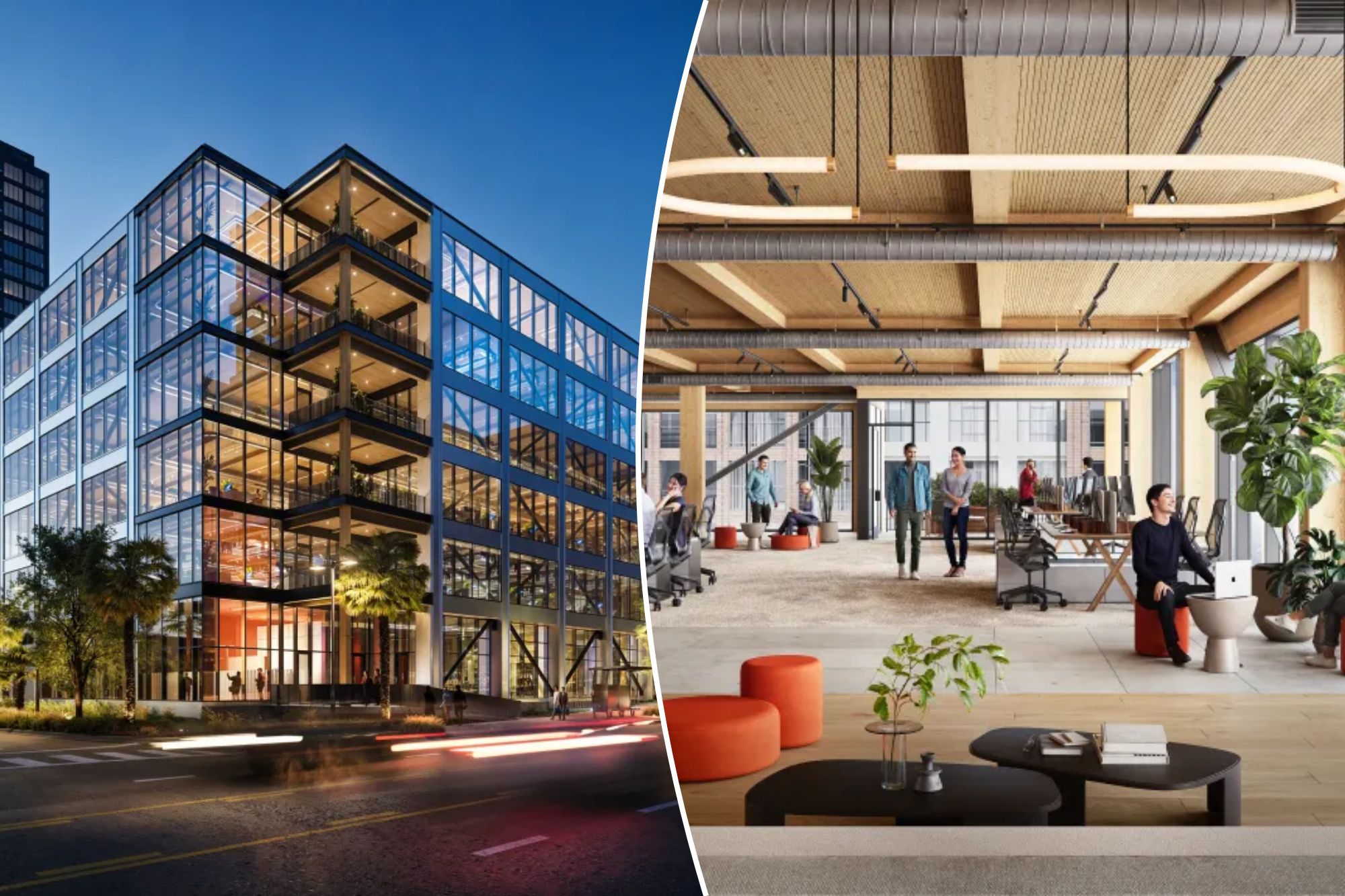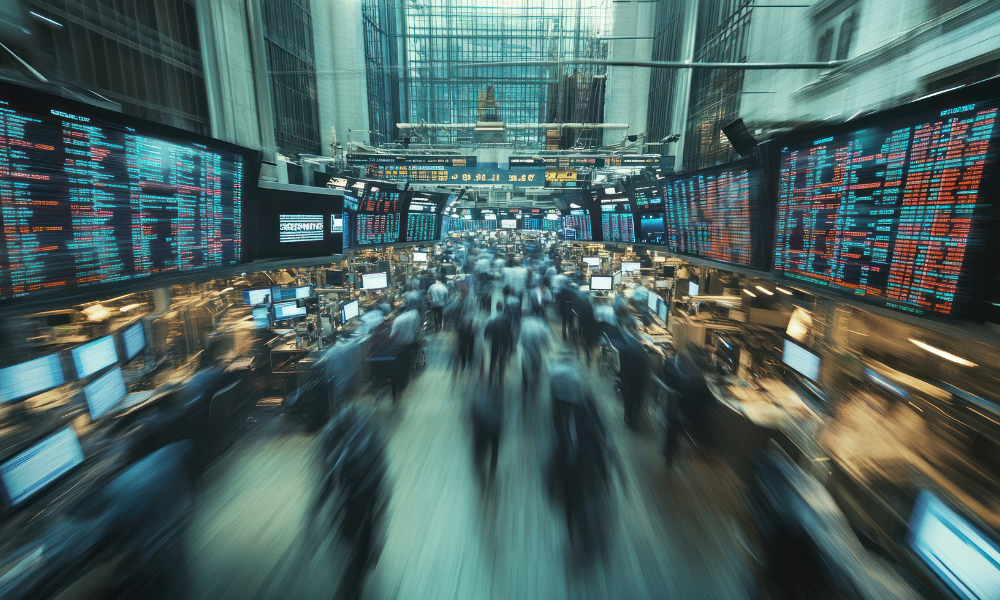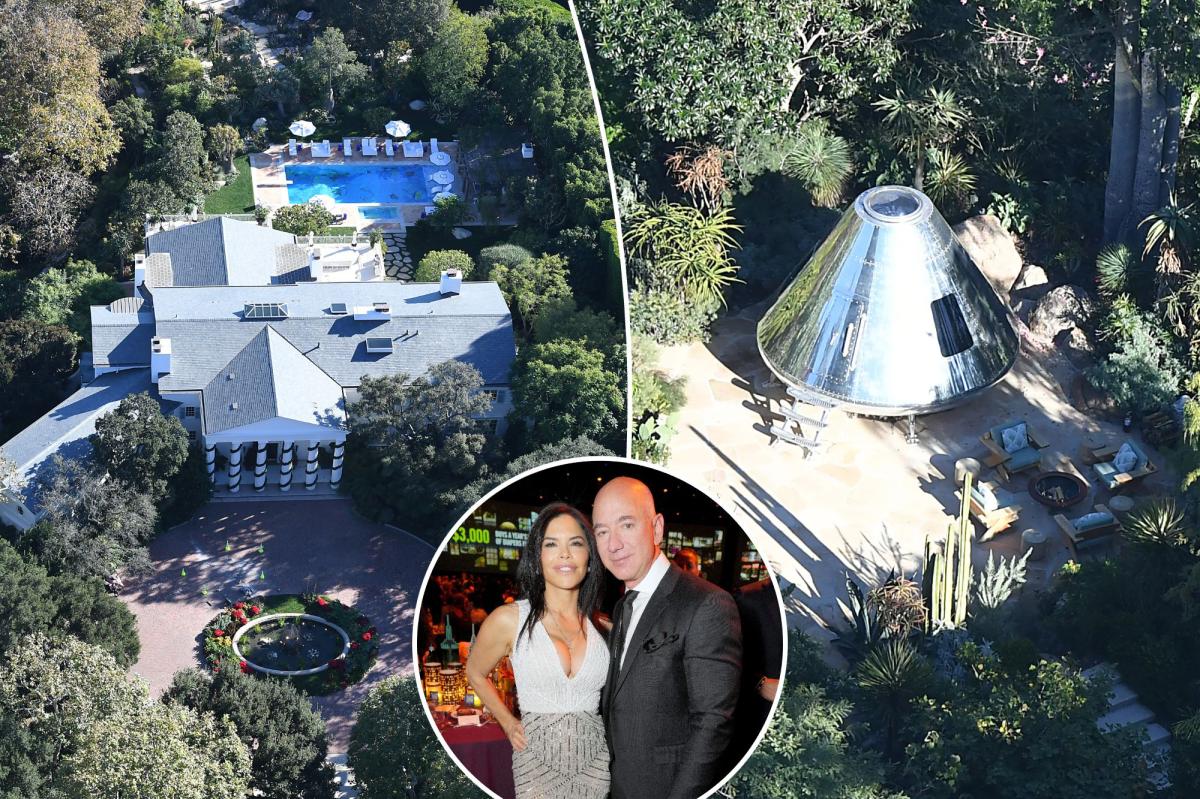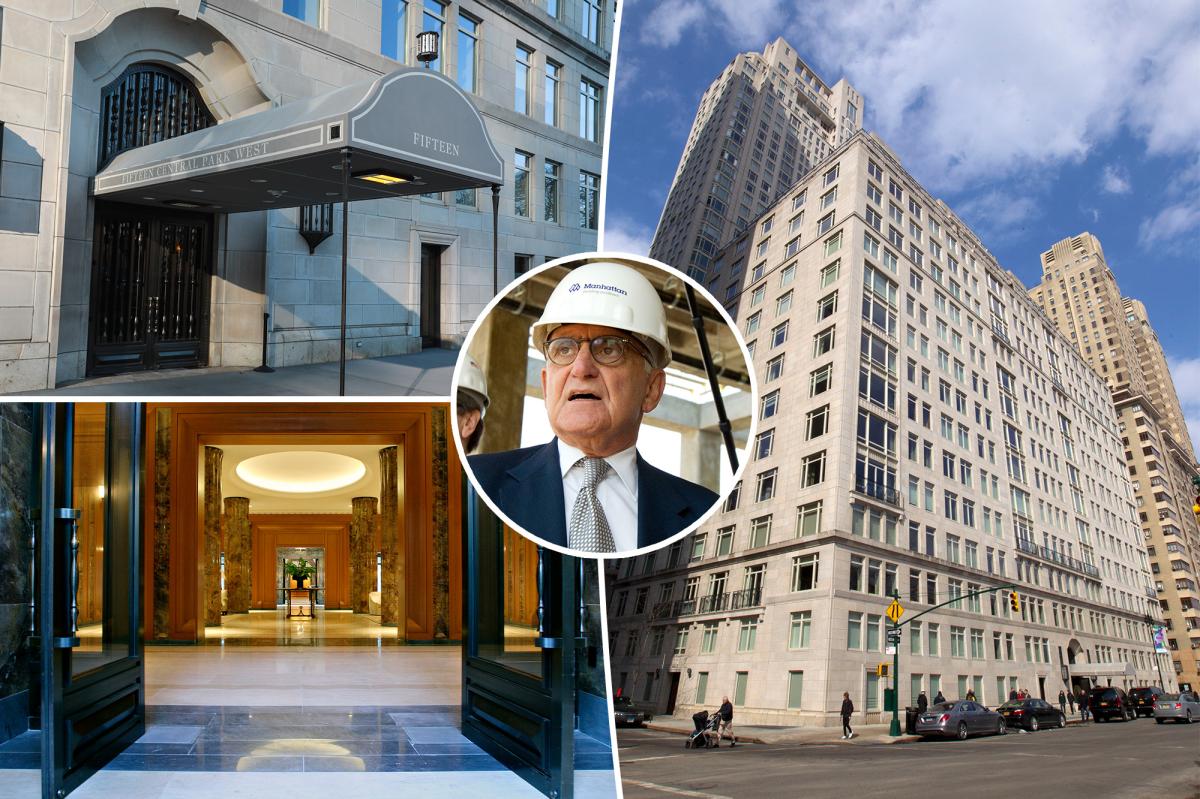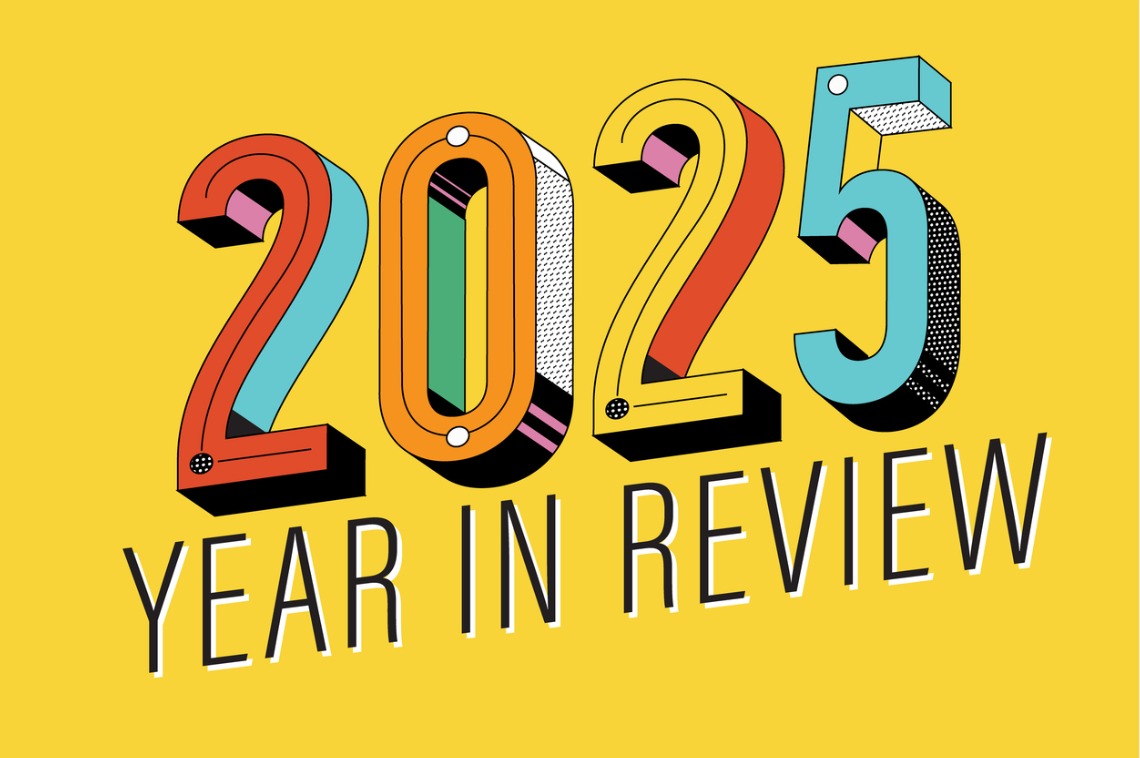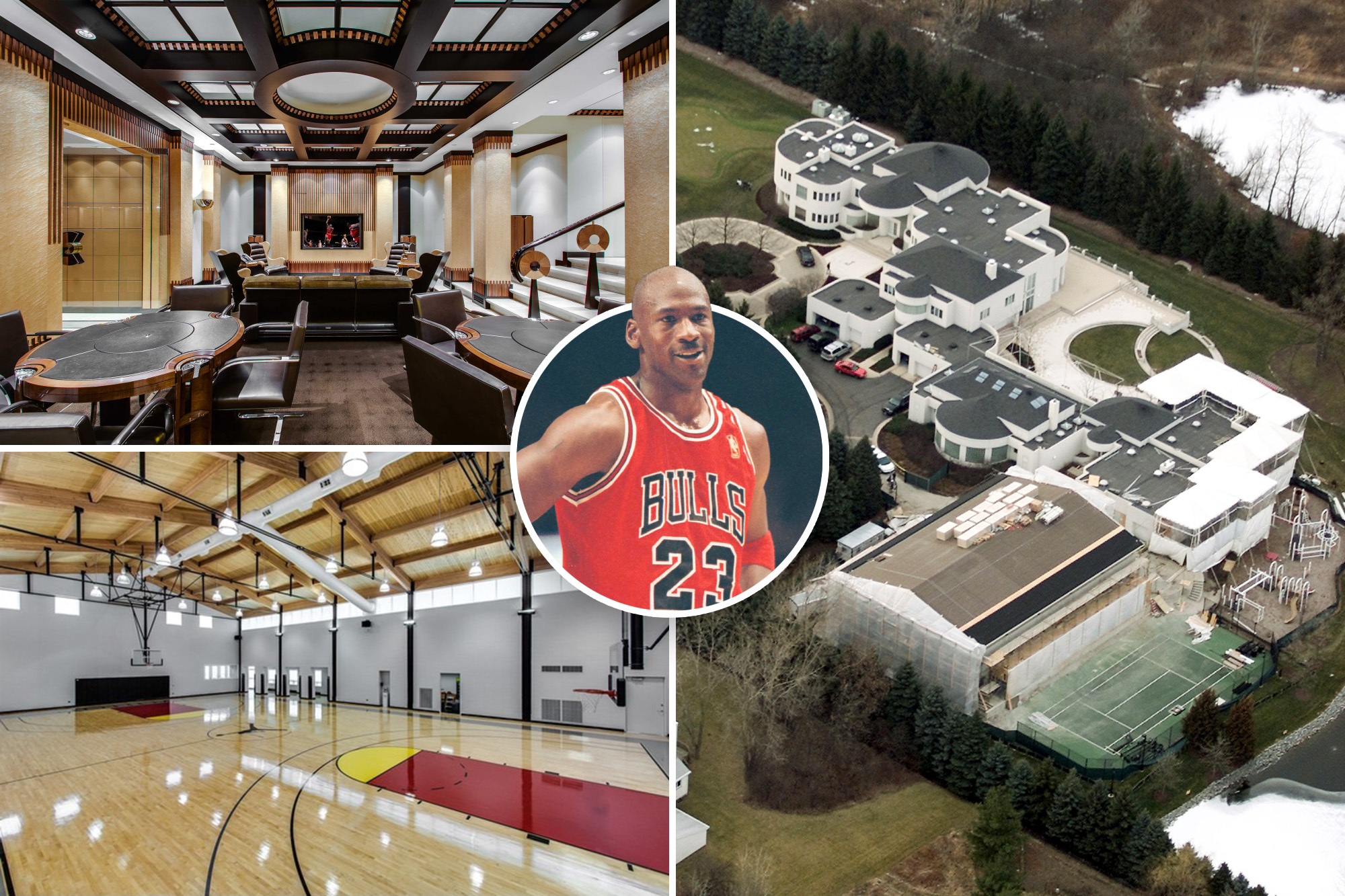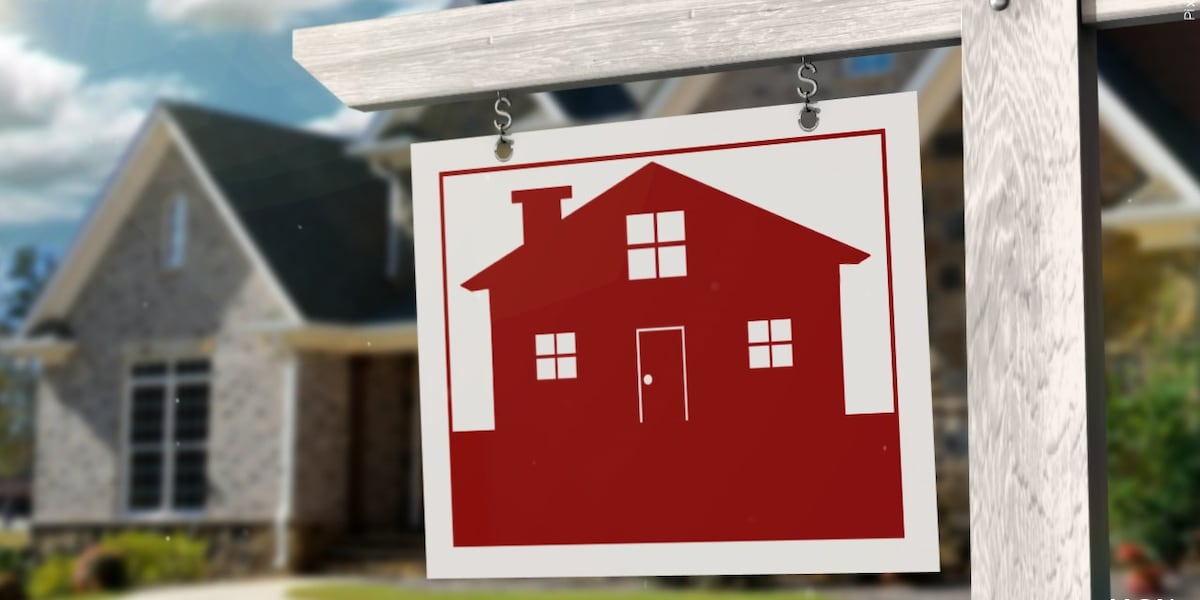F
ort Lauderdale is finally ending a five‑year pause in new office construction with the launch of T3, a six‑story, 180,000‑square‑foot timber office tower. The project is part of a $511 million redevelopment called FAT Village—an acronym for “food, art, tech”—which will transform a former warehouse and arts district into a mixed‑use neighborhood featuring apartments, restaurants, retail, public art and easy access to the Brightline train.
T3 is designed to attract major tech and corporate tenants. Urban Street Development, a local firm, is partnering with national developer Hines to build the building. CEO Alan Hooper envisions a campus‑style environment reminiscent of Google or Apple, complete with art installations and creative spaces that inspire employees. The tower will offer amenities such as a rooftop terrace with Wi‑Fi and meeting rooms, a fitness center with showers and lockers, and balconies on every floor.
The broader FAT Village plan includes two residential towers totaling 600 units. A 24‑story luxury high‑rise and a 13‑story building with more affordable rents for workers earning around $75,000 will bring life to the area after hours. Apartments are slated to begin leasing in 2027. Meanwhile, T3’s construction has topped out, and the building is now courting tenants at asking rents of up to $65 per square foot—nearly 60 % above the recent market average for Fort Lauderdale. Although no leases have closed yet, brokers are in late‑stage negotiations with several tech and legal firms for spaces ranging from 4,000 to over 50,000 square feet. Developers are also creating 17,000 square feet of move‑in‑ready spec suites.
Hines’ managing director Alan Kennedy notes that many current market tenants lack dedicated real‑estate departments or the capital to commit to large office spaces, so they prefer to approach landlords and see what is available. The building’s mass‑timber construction will feature exposed spruce, fir, and pine beams, echoing Hines’ global portfolio of timber offices. Several full‑service restaurants and casual eateries—still unnamed—are planned for the site.
Unlike Miami’s billionaire‑backed Citadel headquarters or West Palm Beach’s speculative towers, Fort Lauderdale’s office market has grown organically. Local developer Charlie Ladd, who sits on the Downtown Development Authority board, says he is watching the project closely and hopes T3 will spark interest from large employers, noting that the city’s employment base is already strong.
Fort Lauderdale’s office market is poised for a breakout in 2025. In February, two office complexes sold for over $200 million each within a week, ending a decade of lower‑value transactions. The Las Olas Centre towers were sold for $208 million to Chicago investment firm Bradford Allen, who plans a $25 million upgrade. A few days later, Bank of America Plaza changed hands for more than $220 million. Office rents have risen annually since COVID, climbing 22 % from 2020, with asking rents averaging $27.14 per square foot in mid‑September versus $22.31 five years ago, according to Avison Young.
T3 will serve as a litmus test for whether the market can absorb additional office space. Charlie Ladd reiterates his optimism: “I’m watching it closely. I hope T3 lights the way for large employers. The employment base is here.”
